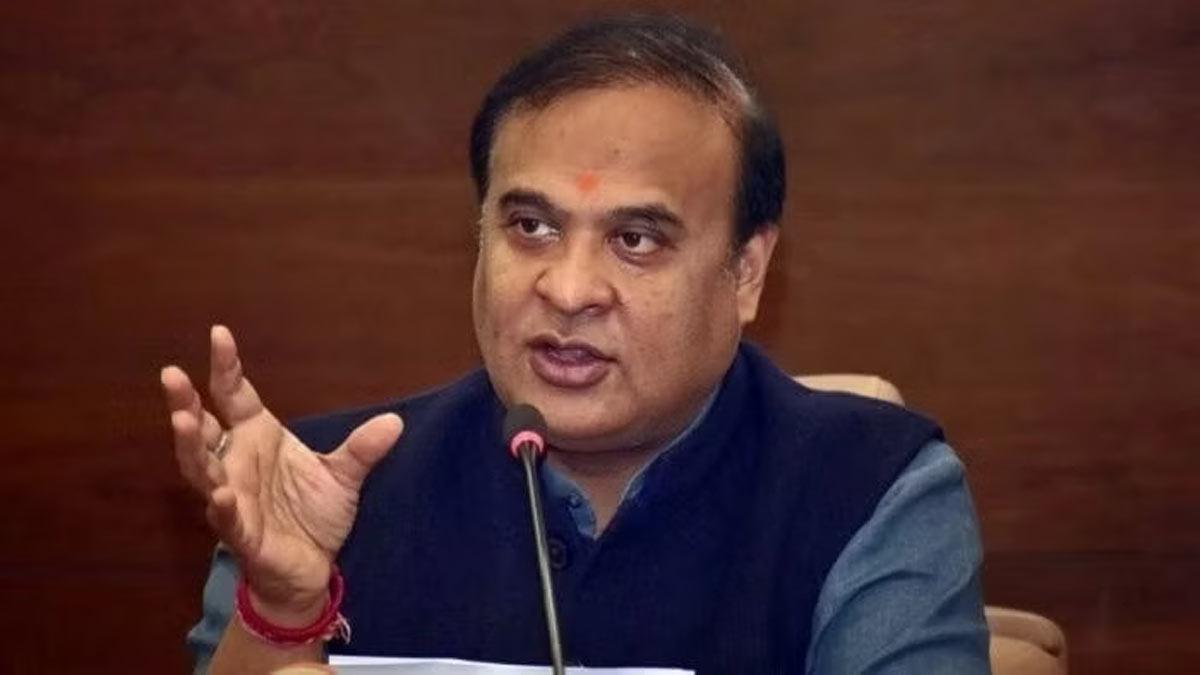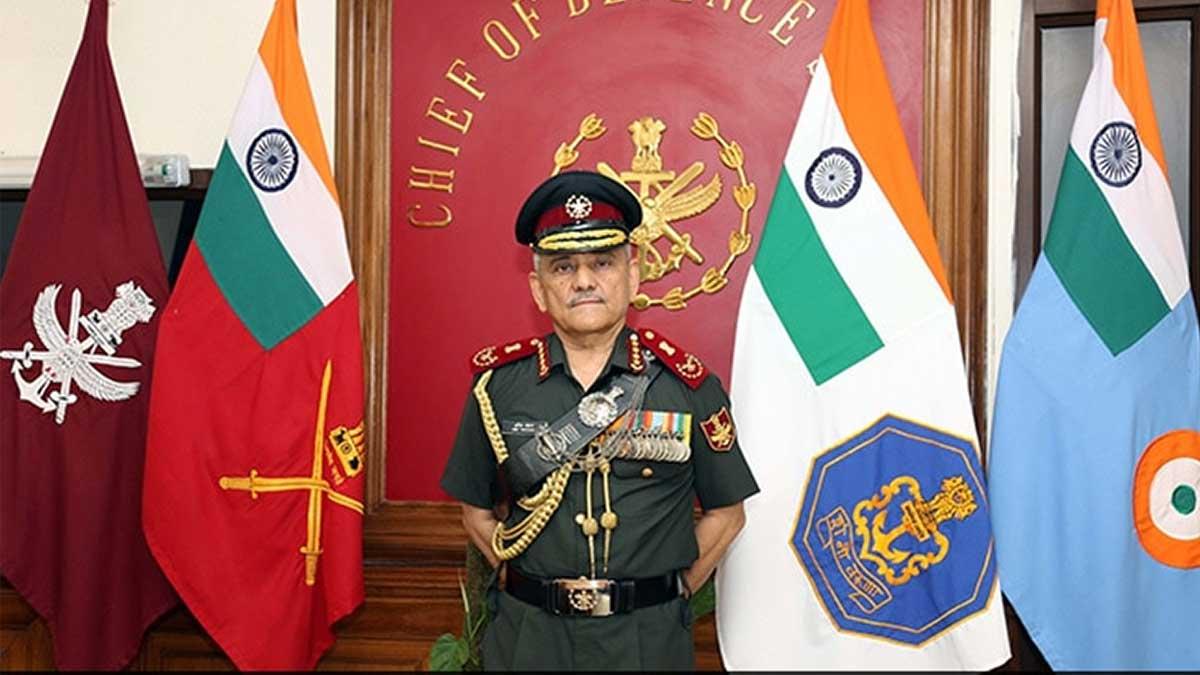Assam Chief Minister Himanta Biswa Sarma on Sunday reacted sharply to those who have been sending frequent threats over India's "Chicken Neck corridor," pointing out that Bangladesh itself has two such narrow land strips which are even more vulnerable.
This assertion comes on the heels of recent remarks from Bangladesh's interim government chief Muhammad Yunus regarding the "Chicken's Neck," the narrow strip of land in West Bengal's Siliguri region that connects India's northeastern states to the rest of the nation.
Sarma, whose government is one of seven northeastern states, noted that Bangladesh's first weak corridor is the North Bangladesh Corridor, an 80-kilometre-long corridor between Dakhin Dinajpur and South West Garo Hills.
"Here a disruption would completely cut off the Rangpur division from the rest of Bangladesh," he posted on X, along with a map showing the route.
He named the second corridor the 28-kilometre-long Chittagong Corridor between South Tripura and the Bay of Bengal.
"This smaller than India's Chicken Neck corridor is the only link between Bangladesh's economic centre and its capital," he said.
"Just as India has the Siliguri Corridor, our neighboring country also has two narrow straits of its own," Sarma pointed out.
"I am just reporting geographical facts that some may ignore," he added.
Muhammad Yunus on India's Northeast
Late in March, Muhammad Yunus called Bangladesh the only "protector of the sea (Bay of Bengal)," calling India's northeastern states "landlocked."
During a four-day visit to China, Yunus talked of a "huge possibility" emerging out of this and urged Beijing to increase economic clout in Bangladesh.
Sarma denigrated the comments as "offensive and strongly condemnable."
The comment from Bangladesh's Md Younis, so-called interim Government describing seven sister states of Northeast India as landlocked and placing Bangladesh as their ocean access guardian, is offensive and highly condemnable," Sarma posted to X on April 1.
He added that such a remark perpetuated the "indomitable vulnerability narrative linked with India's strategic 'Chicken's Neck' corridor.
Historically, Sarma observed, even in India, there have been lethal proposals to cut this critical corridor to physically disconnect the Northeast from the mainland. This highlights the imperative of developing rail and road infrastructure both under and around the Chicken's Neck corridor.
He also called for prioritising alternative road alignments to link the Northeast with the rest of India bypassing the "Chicken's Neck." Despite recognising the engineering complexities involved, Sarma emphasised that with "determination and innovation," the work is within reach.
"Provocative remarks by Md Younis should not be taken lightly, as they reflect deeper strategic intentions and long-term agendas," he further added.
Understanding India's 'Chicken's Neck'
The 'Chicken's Neck,' or the Siliguri corridor, is the thin strip of land across which all road and rail traffic to India's Northeast has to flow.
Its width is as little as 20 kilometres at its narrowest point.
It has received this name because of its shape, like a chicken's neck, between Nepal and Bhutan on the north and Bangladesh on the south.
Read also| Jaishankar Criticizes ‘Democratic’ Europe for Supporting Pakistan’s Military Regime


















